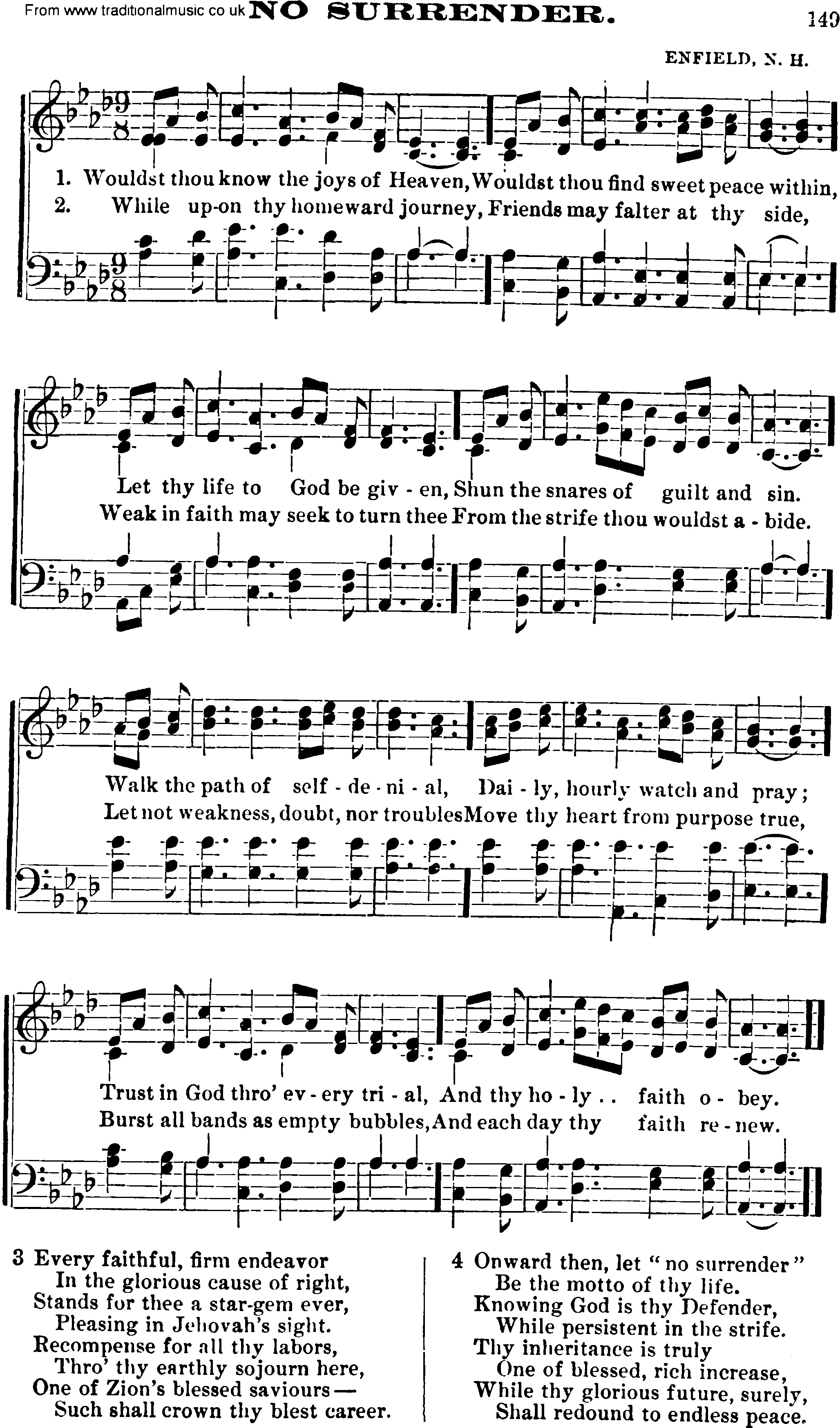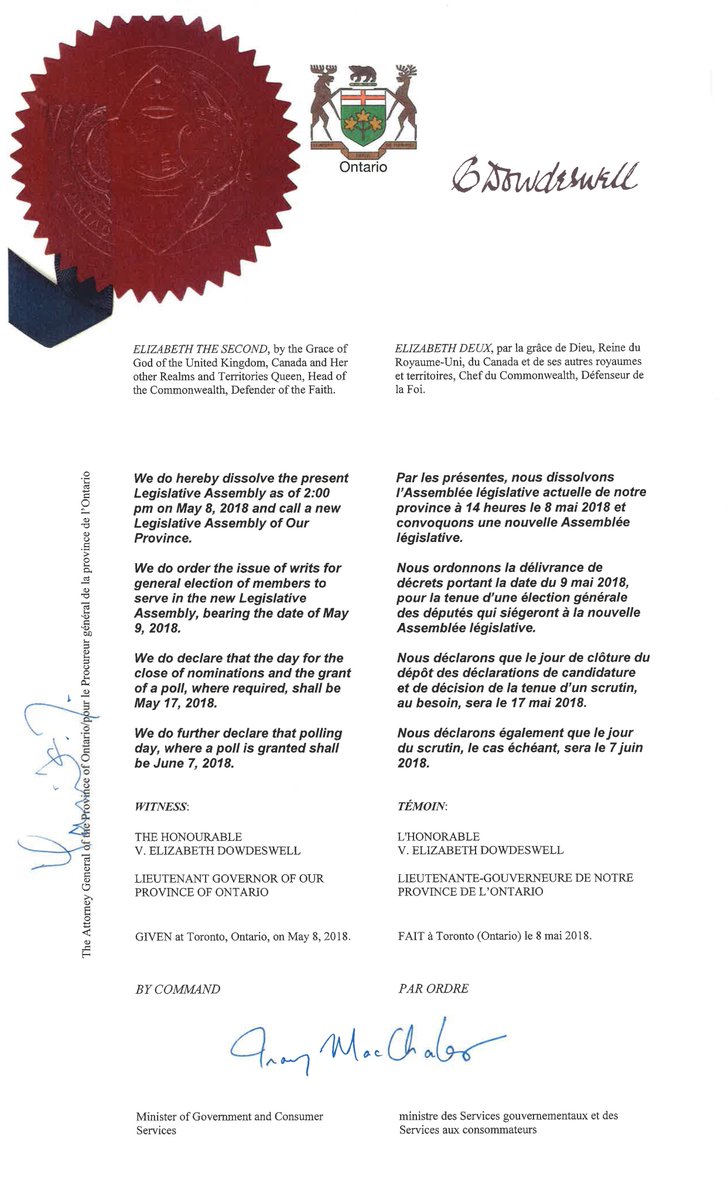Defender of the Faith provides a chronological treatment of the life of Elder Roberts from his birth in Lancashire, England, in 1857 to his death in Salt Lake City in 1933, highlighting in a sympathetic manner his childhood, conversion, gathering to Zion, youth, and Church service. Saint Stephen (whose story is told here without the details of his death) is presented as a defender of the faith, and also a servant of others. We want children to understand that service can be a way of defending-of showing the kind of serving. This essay explores the connection between Roth's frequently anthologized short story, 'Defender of the Faith,' and the symbolism of Passover. It argues that Roth consciously uses Jewish texts, specifically the Haggadah's parable of the four sons, to complicate readers' notions of post-Holocaust American Jewish identity. Defender of the Faith provides a chronological treatment of the life of Elder Roberts from his birth in Lancashire, England, in 1857 to his death in Salt Lake City in 1933, highlighting in a sympathetic manner his childhood, conversion, gathering to Zion, youth, and Church service. We can do all this because we are sure that Jesus Christ loves us. In other words, we have faith that He loves us. When we show that we have this faith in Him no matter what happens, we are acting as defenders of the faith. Saint Stephen (whose story is told here without the details of his death) is presented as a defender of the faith, and also a.
Defender of the Faith (Latin: Fidei defensor or, specifically feminine, Fidei defensatrix; French: Défenseur de la Foi) is a phrase that has been used as part of the full style of many English and later British monarchs since the early 16th century. It has also been used by some other monarchs and heads of state.
Defender of the Faith Theme Theme in “Defender of the Faith” can be interpreted in many varying ways, some of which are life-long lessons and others to the relation between faith and the individual. Throughout much of the story, Nathan Marx is lost between his role as a sergeant, Jew and human being. This essay explores the connection between Roth's frequently anthologized short story, 'Defender of the Faith,' and the symbolism of Passover. It argues that Roth consciously uses Jewish texts, specifically the Haggadah's parable of the four sons, to complicate readers'.
- 1English, later British, usage
- 2Usage in the French language
- 5Notes and References
English, later British, usage[edit]
History[edit]
Roth Goodbye Columbus Pdf
The earliest use of the term appears in 1507, when a Papal Legate and Abbot Robert Bellenden conferred the title in a lavish ceremony upon King James IV of Scotland.[1]
'Defender of the Faith' has been one of the subsidiary titles of the English and later British monarchs since it was granted on 11 October 1521[2] by Pope Leo X to King Henry VIII of England and Ireland. His wife Catherine of Aragon was also a Defender of the Faith in her own right.[3] The title was conferred in recognition of Henry's book Assertio Septem Sacramentorum (Defense of the Seven Sacraments), which defended the sacramental nature of marriage and the supremacy of the Pope. This was also known as the 'Henrician Affirmation' and was seen as an important opposition to the early stages of the Protestant Reformation, especially the ideas of Martin Luther.
Following Henry's decision to break with Rome in 1530 and establish himself as head of the Church of England, the title was revoked by Pope Paul III (since Henry's act was regarded as an attack on 'the Faith') and Henry was excommunicated. However, in 1544,[citation needed] the Parliament of England conferred the title 'Defender of the Faith' on King Henry VIII and his successors, now the defenders of the Anglican faith, of which they (except the Catholic Mary I) remain the Supreme Governors (formally above the Archbishop of Canterbury as Primate).
King James V of Scotland was granted the title of 'Defender of the Faith' by Pope Paul III on 19 January 1537, symbolizing the hopes of the papacy that the King of Scots would resist the path that his uncle, Henry VIII, had followed.[4][5] James' father, James IV, had been granted the title of 'Protector and Defender of the Christian Faith' by Pope Julius II in 1507.[6] Neither title became part of the full style of the monarch of Scotland.
During The Protectorate (1653–59), the republican heads of state Oliver Cromwell and Richard Cromwell, more clearly profiled as Protestant than the Monarchy, although claiming divine sanction, did not adopt the style 'Defender of the Faith'. The style was reintroduced after the restoration of the monarchy and remains in use to this day.
Modern usage[edit]
In her capacity as queen of the United Kingdom, Elizabeth II is styled 'Elizabeth the Second, by the Grace of God, of the United Kingdom of Great Britain and Northern Ireland and of Her other Realms and Territories Queen, Head of the Commonwealth, Defender of the Faith'. The title 'Defender of the Faith' reflects the Sovereign's position as the Supreme Governor of the Church of England, who is thus formally superior to the Archbishop of Canterbury. The original Latin phrase Fidei Defensor is represented on all current British coins by the abbreviations, F D or FID DEF. This notation was first added to British coins in 1714, during the reign of King George I. The decision of the Royal Mint to omit this and certain other parts of the monarch's style from the 'Godless Florin' in 1849 caused such a scandal that the coin was replaced.[7]
In most Commonwealth realms, the phrase does not appear in the Monarch's full style, though the initial 'By the Grace of God' is maintained. For example, in Australia, Queen Elizabeth is currently styled 'by the Grace of God, Queen of Australia and Her other Realms and Territories, Head of the Commonwealth'. She is additionally styled 'Defender of the Faith' only in Canada, New Zealand and the UK. Canada chose to include the phrase not because the sovereign is regarded as the protector of the state religion (Canada has none), but as a defender of faith in general. In a speech to the House of Commons in 1953, Prime MinisterLouis St. Laurent stated:
The rather more delicate question arose about the retention of the words, 'Defender of the Faith'. In England there is an established church. In our countries [the other monarchies of the Commonwealth] there are no established churches, but in our countries there are people who have faith in the direction of human affairs by an all-wise providence, and we felt that it was a good thing that the civil authorities would proclaim that their organisation is such that it is a defence of the continued beliefs in a supreme power that orders the affairs of mere men, and that there could be no reasonable objection from anyone who believed in the Supreme Being in having the sovereign, the head of the civil authority, described as a believer in and a defender of the faith in a supreme ruler.
However, the style used on Canadian coinage is simply D.G. Regina (Dei Gratia Regina, 'By the Grace of God, Queen').
Philip Roth Defender Of The Faith Pdf
In Australia, the monarch held the title 'Defender of the Faith' until 1973, when it was formally removed. (The words 'by the Grace of God' were retained, however.)[8]
At various times, some countries of the Commonwealth retained the title until they formally became republics, e.g. South Africa from 29 May 1953. Others dropped it even sooner, e.g. in 1953, while still a dominion of the Commonwealth (until 1956), Pakistan dropped the title in recognition of the contradiction between its overwhelmingly Muslim population and having a monarch as the defender of the Christian faith.
Charles, Prince of Wales, the present heir apparent, expressed a preference to change the spirit of this role should he succeed to the throne as expected. He commented in 1994, 'I personally would rather see [my future role] as Defender of Faith, not the Faith', and clarified in 2015 that 'while at the same time being Defender of the Faith you can also be protector of faiths'.[9]

Usage in the French language[edit]
Haiti[edit]
In 1811 when he proclaimed himself king, Henri I of Haiti awarded himself the title, 'le défenseur de la foi', and incorporated it into his full style:[10][note 1]
par la grâce de Dieu et la loi constitutionnelle de l'état, roi du Haïti, souverains de Tortuga, Gonâve et d'autres îles adjacentes, destroyer de tyrannie, régénérateur et bienfaiteur de la nation de Haitian, créateur de ses établissements moraux, politiques et de Martial, le premier a couronné le monarque du nouveau monde, le défenseur de la foi, fondateur de la commande royale et militaire de Saint-Henry
which translates to English as:

by the Grace of God and the Constitutional Law of the State, King of Haiti, Sovereign of Tortuga, Gonâve and other adjacent Islands, Destroyer of Tyranny, Regenerator and Benefactor of the Haitian Nation, Creator of her Moral, Political and Martial Institutions, First Crowned Monarch of the New World, Defender of the Faith, founder of the Royal and Military Order of Saint-Henry
Canada[edit]
The French variant is used as part of the official French-language version of the monarch's style in Canada: 'Elizabeth Deux, par la grâce de Dieu Reine du Royaume-Uni, du Canada et de ses autres royaumes et territoires, Chef du Commonwealth, Défenseur de la Foi.'[11]
Other[edit]
In 1684, Pope Innocent XI granted the honorary title Defensor Fidei (Polish: Obrońca Wiary) to John III Sobieski, king of Poland, who took the supreme command of the Christian Coalition army during the Battle of Vienna, considered as a turning point in history of Europe, preventing her from being conquered by the Ottoman Empire.[12][self-published source][13]
Dragons Of Faith Pdf
See also[edit]
- Amir al-Mu'minin (Commander of the Faithful) in Islam
Notes and References[edit]
Notes[edit]
- ^Note that the Kingdom of Haiti’s constitution only gave the introductory legitimation and first title: par la grâce de Dieu et la loi constitutionnelle de l'état, roi d'Haïti.
References[edit]

- ^Grant's 'Old and New Edinburgh'
- ^'defender of the faith – English royal title'.
- ^Antonia Fraser, The Wives of Henry VIII, page 95
- ^Cameron, Jamie, James V, Tuckwell (1998), 288.
- ^Hay, Denys, ed., Letters of James V, HMSO (1954), 328.
- ^Macdougall, Norman, James IV, Tuckwell (1997); pp. 22.
- ^Stephen Appleton (September 2001). 'Agnostic Coinage'. Queensland Numismatic Society. Archived from the original on 2007-08-29. Retrieved 2007-08-21.
- ^Williams, Roy (2013). In God They Trust?, p. 168. Bible Society Australia, Canberra.
- ^'Faith'. The Prince of Wales and the Duchess of Cornwall. princeofwales.gov.uk. Retrieved 2016-11-01.
- ^Cahoon, Ben M. (2019). 'Haiti'. worldstatesmen.org. Retrieved 2019-08-13.
- ^Loi sur les titres royaux, L.R.C. (1985), ch. R-12
- ^Made in Poland The Women and Men Who Changed the World. Varvounis, Miltiades. Xlibris Corp. 2016. ISBN9781524596668. OCLC967198005.CS1 maint: others (link)
- ^'Jan III Sobieski - A Polish King in Vienna'(PDF).